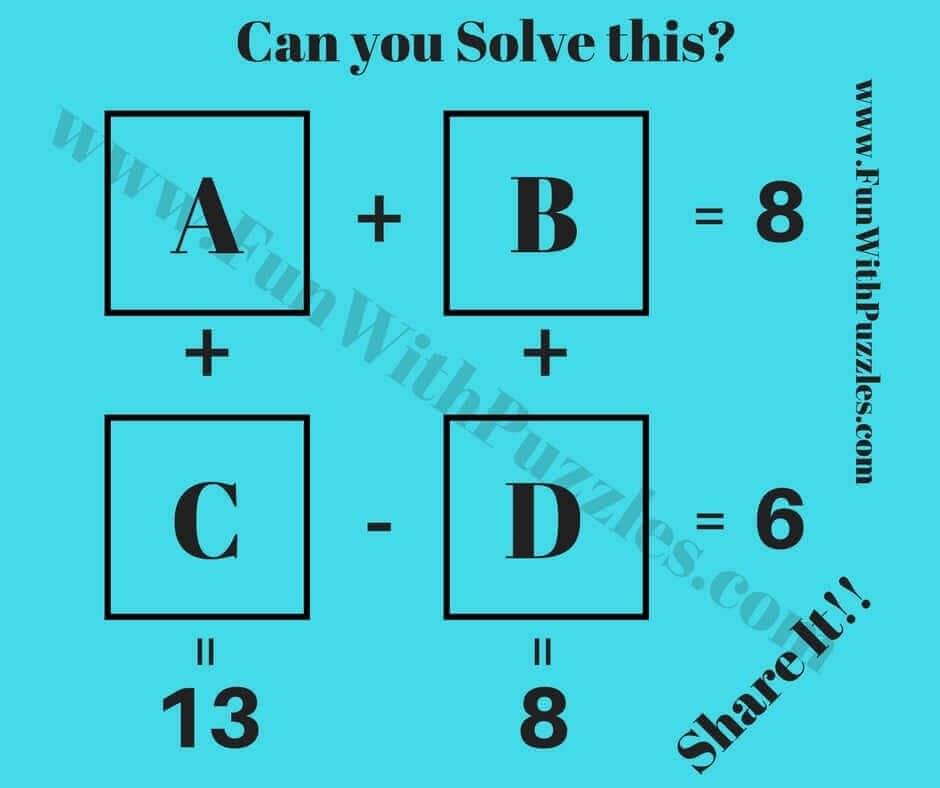The abbreviations BODMAS, BIDMAS, and PEMDAS may help you recall the mathematical operations’ order. For the mathematical operators,,,, and, there is an acronym called BODMAS. Despite working toward identical goals, BIDMAS and PEMDAS express those goals in somewhat different ways. To fully understand BODMAS, BIDMAS, and PEMDAS, one has to be conversant with division. Visit their website for assistance if you need it with division.
Twenty-eight divided by fifty-one
You already know what 51 / 28 is, but you may also be curious about what other visitors to this page are looking for.
The following are a few of the often asked questions:
What does 51 divided by 28 equal?
How do you divide 51 by 28?
51 divided by 28 equals how much?
We’ll presume that if you’ve read our post up to this point, you’re already aware with the 51/28 answer and other pertinent issues.
You may also discover many additional computations, like 80/3, by using the search box in the sidebar.
All relevant results are shown on the search results page. You can search right now, so enter a phrase like 25 divided by 1.8214285714286, to provide one example. [source is]: division.wiki site
What are the meanings of acronyms like BODMAS, BIDMAS, and PEMDAS?
The terms “item” and “results” are used interchangeably by all three of these mathematical notations (BODMAS, BIDMAS, and PEMDAS). Acronyms used in this context are as follows:
Division, Multiplication, Addition, Subtraction, Indices, Brackets, Parenthesis, Exponents, Orders, Brackets, Multiplication, Subtraction, Addition, Subtraction, Brackets, and Indices
American classrooms frequently employ the third series, while British classrooms are more likely to employ the first and second series. As soon as your child brings one home to show you, make a mental note to note the brand and model name so you can purchase the appropriate one for use at school. The hassle can be reduced to a certain extent if your school uses one.
What purpose does it serve to learn about orders, indices, and exponents?
The tiny numbers placed in parenthesis after a variable name in mathematics are known as powers.
In contrast to the second parts of these acronyms, which stand for ordering, indices, and exponents, the first parts of these abbreviations are universally understood to refer to mathematical operations like bracketing, dividing, multiplying, and subtracting. Half size integers are often employed in mathematical equations. 2 is an index (the indexes’ single number) in the following example:
32 = 3 x 3
What exactly are arithmetic operations is the question again.
The operation symbol is one of the mathematical symbols that really propels development. The plus sign (plus) indicates addition, while the x sign (x) indicates multiplication. Each of these is a feasible action that may be taken.
When doing calculations, I must be aware of the proper order.
Division, multiplication, addition, and subtraction should be performed in the following order: brackets, orders, division, multiplication, and addition.
Indices in BIDMAS should take the place of orders.
We have introduced the abbreviations BIDMAS and BODMAS to facilitate the memory of the proper order of operations. Let’s see if you can solve this common problem, which the math requires that you read backwards from left to right.
2 + 3 x 4
Twenty is shown to be the correct response. If so, you have performed left-to-right calculations, figuring out that 2 plus 3 equals 5, and then multiplying that number by four to get 20. It’s a shame that the math is off.
Given that multiplication comes before addition, we should have tackled it before addition, as per the BIDMAS/BODMAS guidelines (the two operations we’re working with). Three times four equals twelve. Adding two more gives you fourteen. (The appropriate reply) The right response is 14, specifically.
How many times have I received a call from a worried parent saying something along the lines of, “You have just got to be mistaken. Look, I just entered that calculation on my calculator by typing 2 + 3 x 4, and the outcome is always 20.
Despite the fact that there are tens of thousands of questions available on the Education Quizzes website and that many parents have calculators at home and are assisting their children with the challenges, the Order of Operations problem consistently ranks near the top in terms of inquiries to our instructors.







